Alfred Einstein once said he often got his best ideas while shaving. Whether a Nobel Prize winner or just a regular Joe, using an old-fashioned straight razor offers some extra time to ponder the world or even an excellent idea of your own.
Men across the world have not only brought barbershop-style home, but they have even taken up collecting these vintage razors. For many, the art of a straight razor shave isn’t simply about the sensation of ultra-smooth skin. It’s the artistry, craftsmanship, and a connection to history— and that shiny piece of steel just looks really cool, too.
Looking to get started with a straight razor? Obviously, you first need a blade.
Online shaving forums are a good place to start. There are generally dozens of guys on any given forum who know how to hone blades really well.
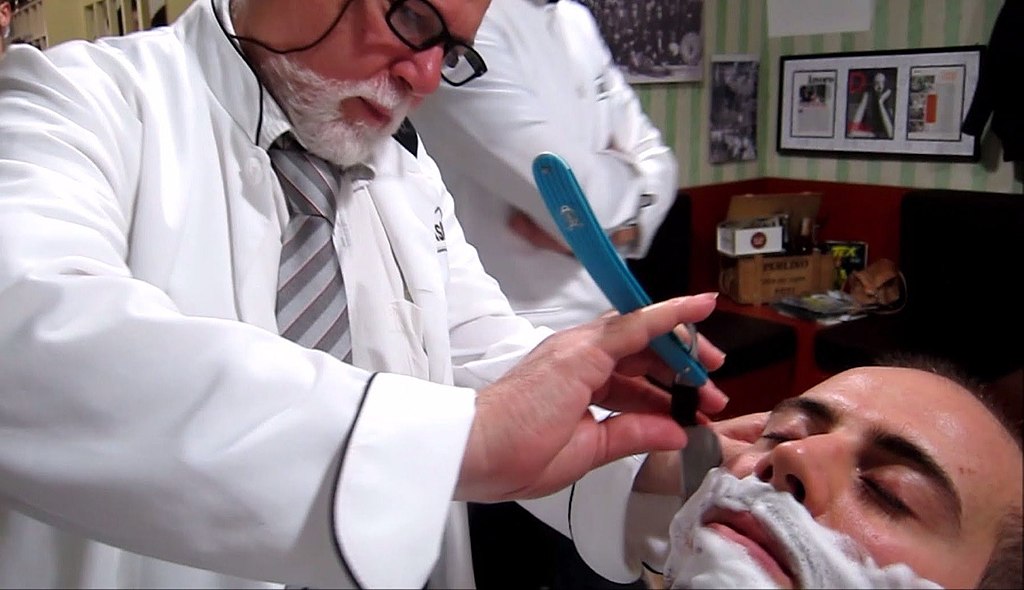
Blades Of Steel Buying
These shaving aficionados often also sell quality, inexpensive razors for twenty or thirty bucks. This gives the prospective shaver a low-cost option to collecting. Some even give razors to new shavers to get them into the hobby. After learning the craft, you may want to upgrade your straight razor game with a better blade or a vintage option.
Those buying new razors don’t have to worry about the initial sharpening of the razor. However, buying from an auction site or a flea market means sharpening the blade or sending it off to have someone else sharpen it.
Although vintage razors are the most common entry point for collectors and shavers alike, modern artisan-crafted razors have gained popularity in recent years. These precision instruments can include blade size, grind, and type of steel customized to individual’s tastes. Along with personalization, these modern razors are also free from blemishes and edge damage that can accompany a blade with a more checkered past.
The blacksmiths who forge these blades also make scales (handles) from exotic woods, bone, antler or most any other material a customer can dream up. The cost of entry for artisan-made straight razors can be higher, but modern razors have their own character and cachet for shavers who know exactly what they’re after.
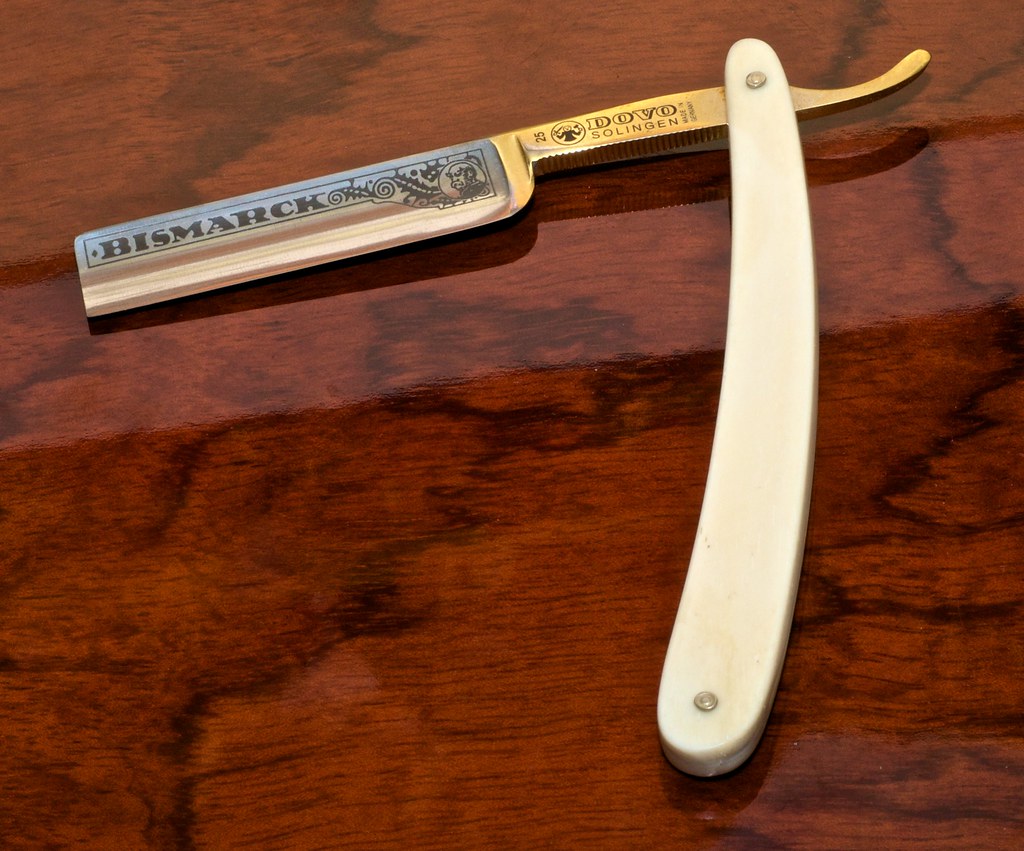
Smooth Skin, Ready To Win
When it comes to smoothness, not much beats a straight razor. Dave Mileaf, 38, of Trenton, New Jersey, echoes those sentiments. What interested him about learning the skill with a blade of his own? Mileaf simply loves the shave he gets from a bit of steel across the cheek and chin.
“The ability to do sharp lines with accuracy,” says Mileaf, who has been using a straight razor for 15 years. “Nothing on the market, including beard trimmers, can duplicate a straight razor. Nothing gets closer and sharper. I learned with trial and error. I tried many different options to trim and line my beard, and they just didn’t give me that barbershop result. A few nicks and cuts later, I learned the angles and motion to get a perfect outline.”
When using a razor, fear might be one of the biggest obstacles to overcome. Take it slowly. YouTube is a great learning resource too. Tutorials can help calm one’s fears when approaching that first shave. Prior to a shave, pat your face with hot water to loosen the skin and then lather up with shaving cream.
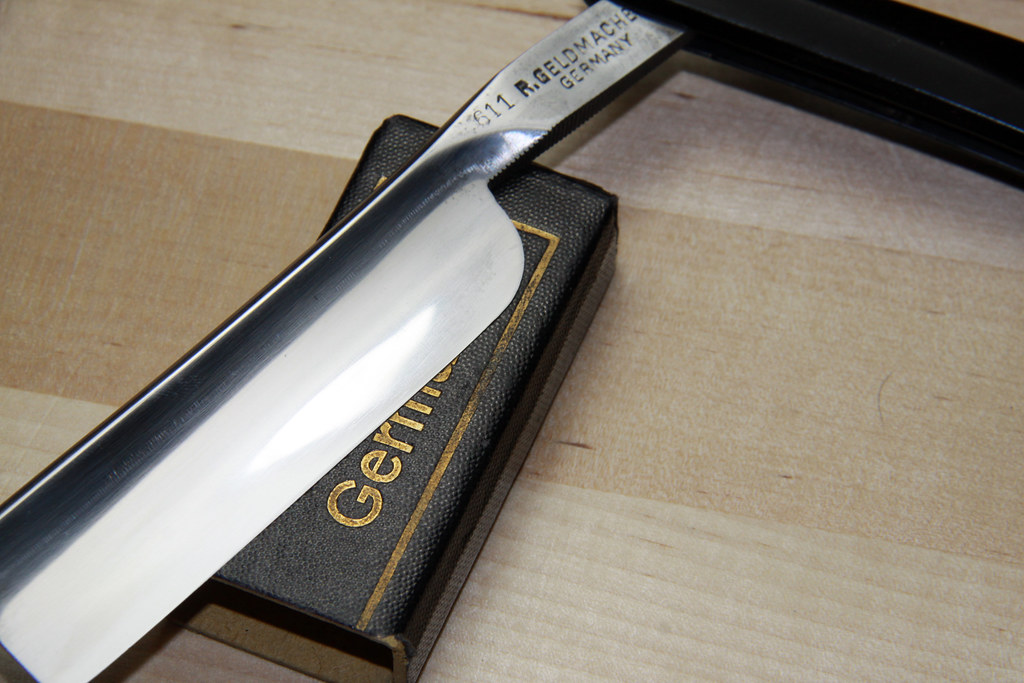
Don’t Cut Corners
When using the razor, the top and bottom corners of the blade (toe and heel) should be used for more detailed work. The broader straight edge is for the mustache area, neck, and broader areas of the face.
It is important to stretch the skin as much as possible and angle the blade at a 33-degree angle. Make short strokes with the grain, but don’t apply too much pressure—let the razor do the work. Skipping the pressure is the biggest shift for guys accustomed to a plastic cartridge razor. When finished, wash your face with cold water and apply aftershave cream or balm.
Beyond simply shaving, many enjoy the extra craftsmanship that comes from a straight razor shave. The blade also requires some sharpening and maintenance. A strop (basically a thick piece of leather) or sharpening stone is used to sharpen the razor. Sharpening steel and shaving with a blade made shave-ready with your own hands brings many men a quite satisfying feeling.
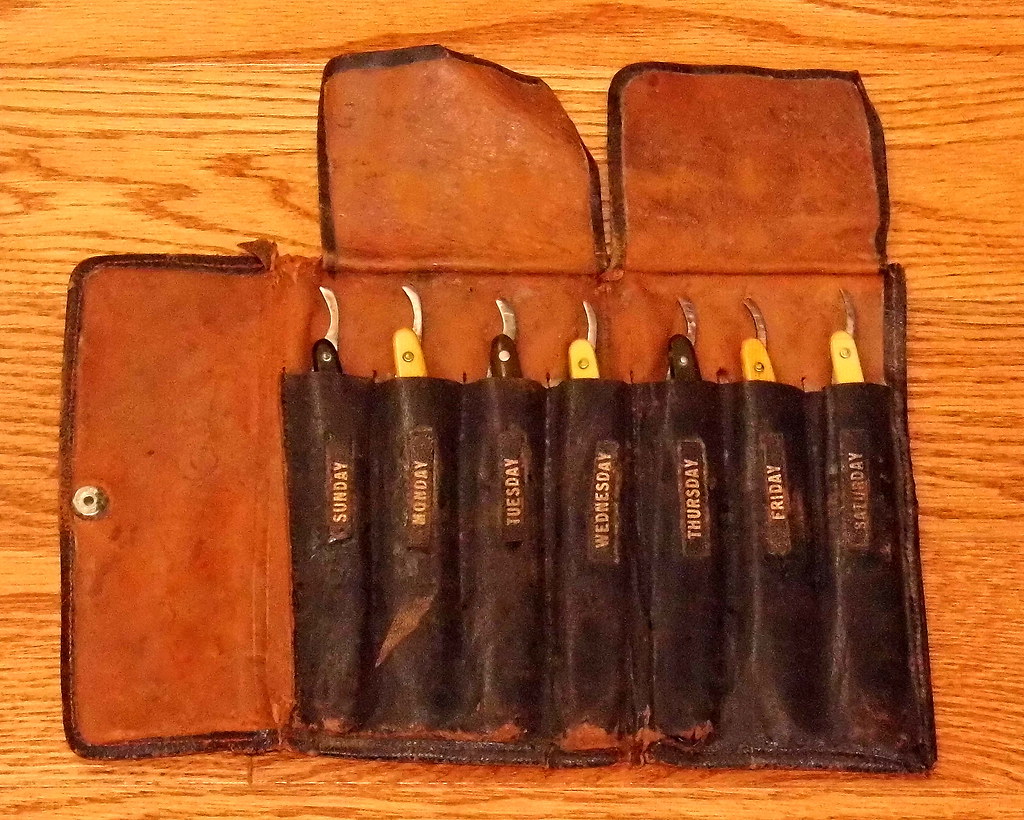
Finders Keepers—And Collectors
For many straight-razor enthusiasts, guiding well-honed steel across the face is a real passion, and adding to the collection can be a thrill. Because more have gotten in on the act, hunting for these classic blades at affordable prices isn’t quite as easy as it used to be.
Many online auction sellers are more aware of the value of vintage straights than a few years ago. That said, great vintage straight razors are available on eBay. Shopping at antique stores and flea markets can be more fun, however.
Hidden gems are still out there and may just need some sandpaper and honing to shine. You can also build a relationship with shop owners, who may be happy to be on the lookout for particular items with a buyer already lined up. Estate sales are another great place to look.
Online shaving forums feature a full spectrum of straight razors, from $10 blades to $800 heirloom razors forged from Damascus steel. Collectors often seek vintage blades from a favorite manufacturer or region.

The Online Shaving Community
That said, the quality of steel from a specific region usually doesn’t matter as much as the manufacturer. Having major Sheffield and Solingen manufacturers, like Wade & Butcher, Wacker and Dubl Duck stamped on the tang of the blade drives up the price.
Beyond quality and region, some collectors seek specialty items, such as seven-day sets. Many of these have the days of the week etched or engraved on their individual blades.
Not everyone is an Einstein, but that nice morning shave can certainly be relaxing and might even generate some thoughts. Yours may not be the theory of relativity, but shedding those whiskers via a straight razor does still offer one hell of a shave.
This article first appeared in Skillset Magazine on April 16, 2021.
Read Next: PBS Hemingway Documentary Gets to the Man Behind the Legend

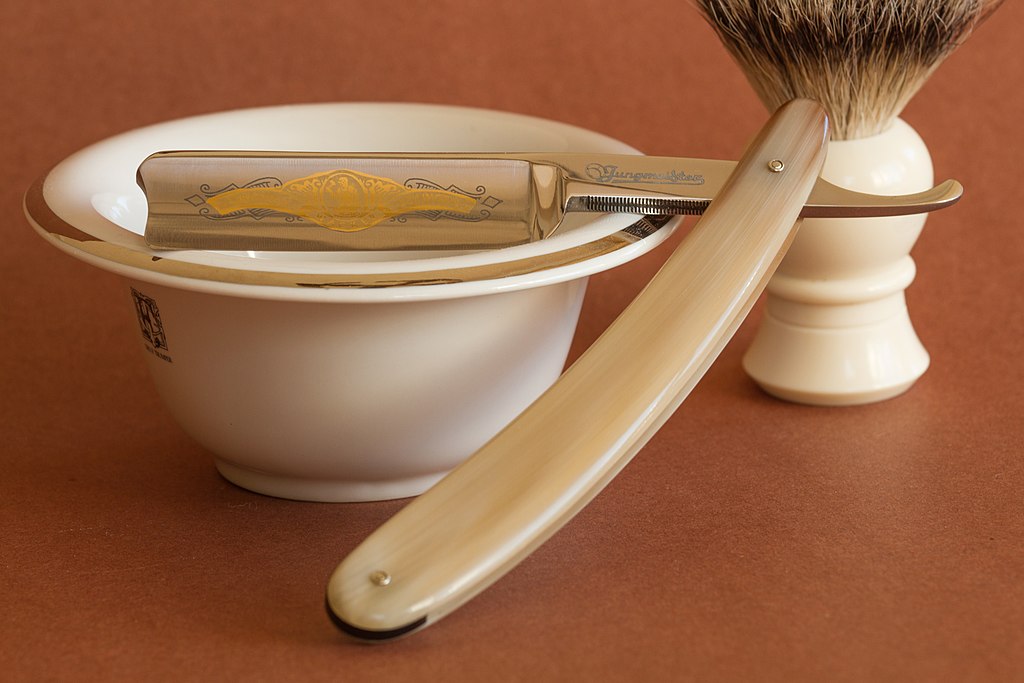

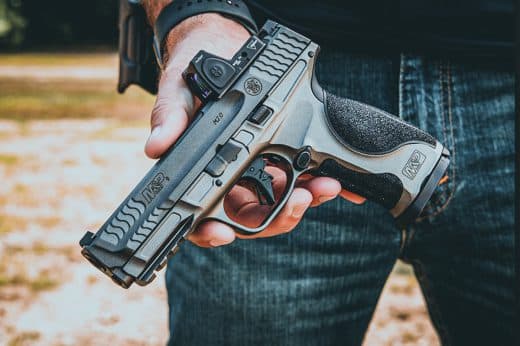
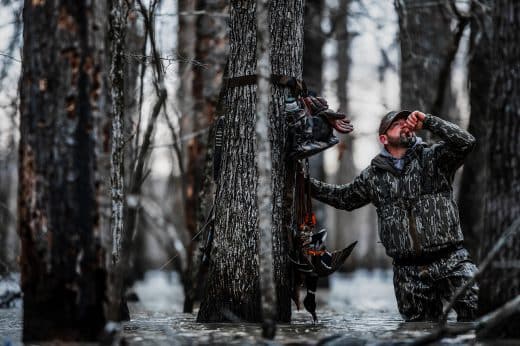
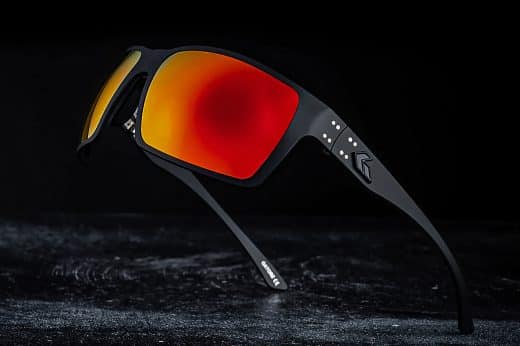


Comments